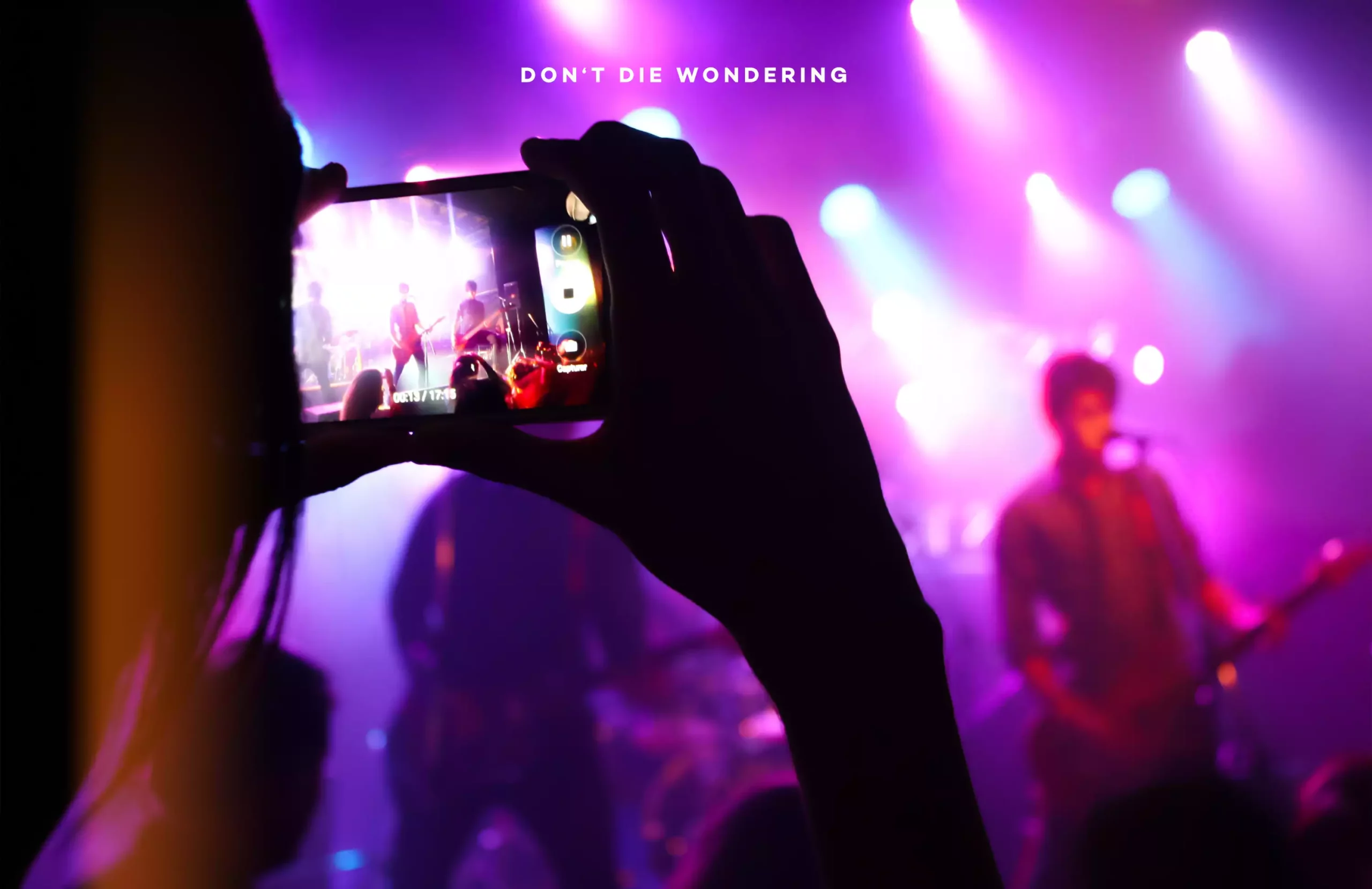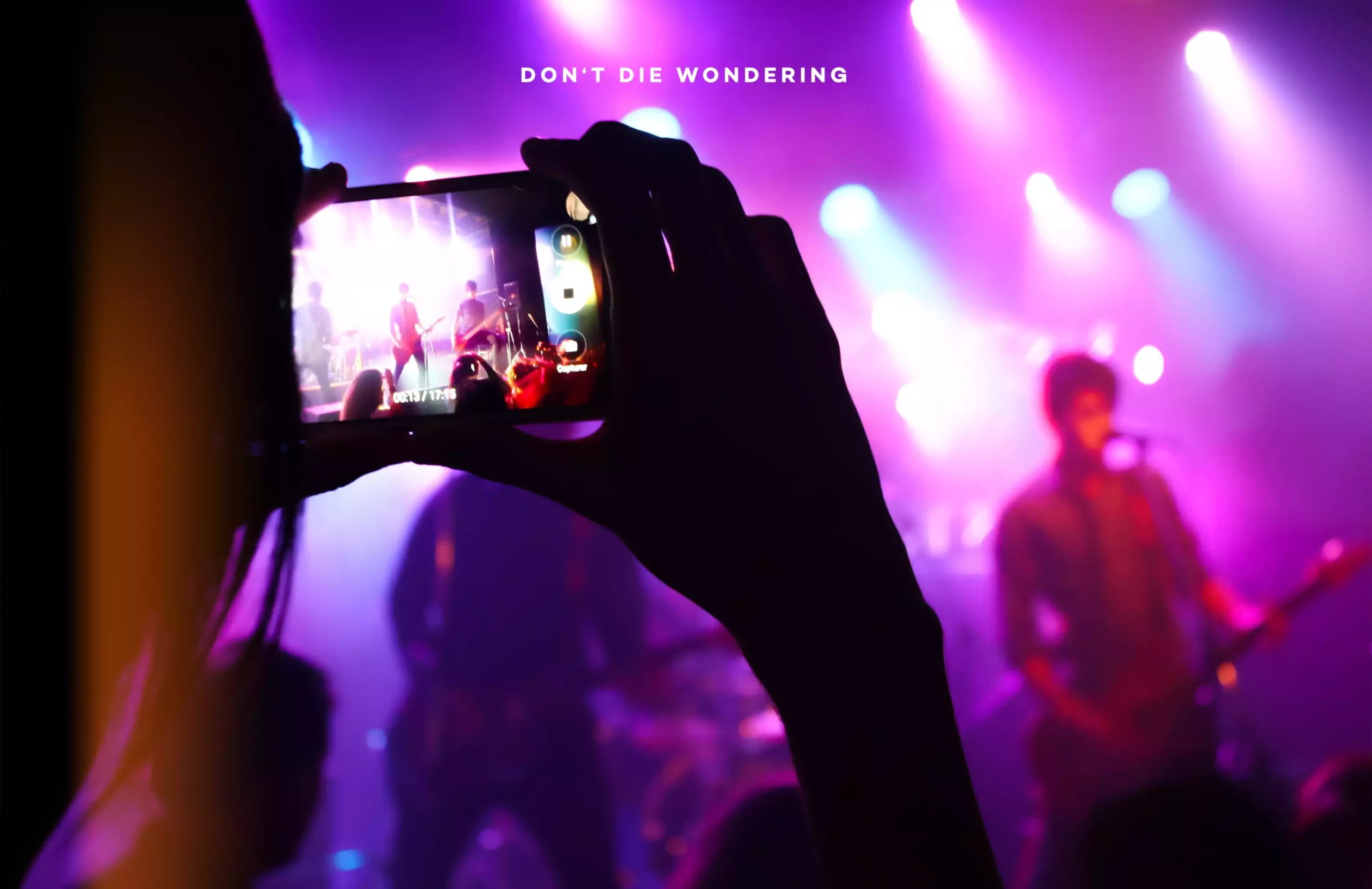Helping you become Youtube famous by running you through the painful process of using copyrighted music in your Youtube videos.
If you create content for video sharing platforms such as YouTube then you will probably be intimately familiar with the process of finding suitable music to accompany your videos. Unless you create music yourself (or happen to know somebody who does) then your best bet is almost certainly to use copyright free music – but what happens if you have your heart set on using a copyrighted song as part of your work?

This is possible, of course – plenty of the big creators include segments of well-known songs in their videos all the time. But how do they do this? First, you need to adjust your expectations – some copyright holders simply will not allow you to use their work in your productions, no matter how much you want to! You don’t know until you try though, so here’s a short guide to the hoops you’ll need to jump through if you want to include copyrighted music in your own videos.
How Does Copyright Work on Youtube?
When YouTube first appeared on the web more than 15 years ago, it used to be possible to include any music you liked in your videos. Copyright holders were understandably unhappy about this, however, so YouTube set about creating a content identification system to stop these infringements from taking place. Now, when you upload a new video to YouTube the audio track will be scanned to determine if it contains any copyrighted material. The system is really quite impressive, and is able to identify millions of individual songs before they are even posted onto the platform.
Some creators use copyright exclusively as a prohibitive tool and will refuse to let anybody else feature their creations in their work. If the music that you want to use falls into that category then there is little that you can do – even if you did manage to get the song past the content identification system, there is a good chance that you will receive a copyright strike at some time in the future. Just three of these strikes will result in your channel being permanently removed from the platform, so it just is not worth taking the risk.
Fortunately, many other creators choose to use their copyright as a means of licensing their work to other businesses and individuals. In this scenario, copyright can work as a co-operative tool rather than as a barrier to stop creative works from being shared. To take advantage of this you will first need to obtain permission from the copyright holder; they may give you permission to feature all or part of the song for free, perhaps as a means of promotion, or they may request a royalty split or some other kind of financial compensation.

What Types of Music Are Copyrighted?
Almost every piece of music you will know is likely to be protected by copyright, although some music is deliberately released into the public domain. The owner of a piece of music is not always easy to determine, but you should always start by checking to see if the composer or artist is the copyright holder. If that is the case. then you may be in luck – individuals are much more likely to grant you permission to use their songs in your work free of charge.
If the song is owned by a record label, it could be a whole different story. Record labels may grant you a license to include tracks that they own in your work, and YouTube offers a built-in system which allows you to specify the start and end times of any licensed music featured in your videos. This setup makes administering a royalty split simple and straightforward, but you may have to give up the lion’s share of income you may otherwise have received for your video to facilitate such an arrangement.
The most extreme financial arrangement that big labels might request is a so-called ad supported license. These types of deals can allow you to use even the most popular songs of the day in your videos, but in return for doing so you give up the right for your video to be monetized. All ad revenue collected from videos that feature an ad supported license will go directly to the copyright holder of the song, so it may be worth considering alternative songs that you can use at a lower cost.
Mistakes to Watch Out For
As mentioned earlier, it only takes three breaches of the YouTube copyright laws to get your channel permanently removed from the platform. For that reason, it isn’t worth taking any risks when using copyrighted music as part of your content. You may have seen so-called “disclaimers” on YouTube videos containing such music, aiming to inform viewers that the creator of the video does not own the rights to the music featured. Don’t be tricked into believing this is an acceptable alternative to seeking permission from the copyright holder, as you could still end up with a copyright strike despite posting a disclaimer.
You might think that it’s okay to just use a short segment of a song rather than the entire thing, but once again this is almost certain to be false unless your use of the music fits into the specific definition of fair use. Remember, even if you get a piece of copyrighted music past the content identification system whilst uploading, there is nothing to stop you from getting a copyright strike later if Google updates their algorithm and re-scans the content of your video.
Finally, never try to obfuscate a piece of music by adding effects such as changing its pitch or speed! This technique is often employed by those who want to skirt around content identification, but a human listener will still identify the copyrighted work immediately upon watching your video. If your video turns out to be popular then it is only a matter of time before the owner of the song will find out, and you can be sure to receive a copyright strike.


